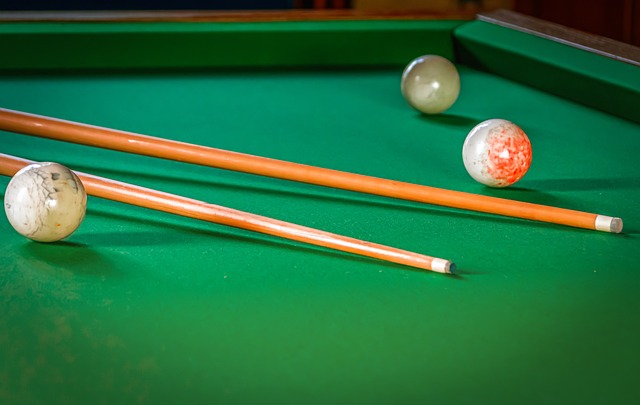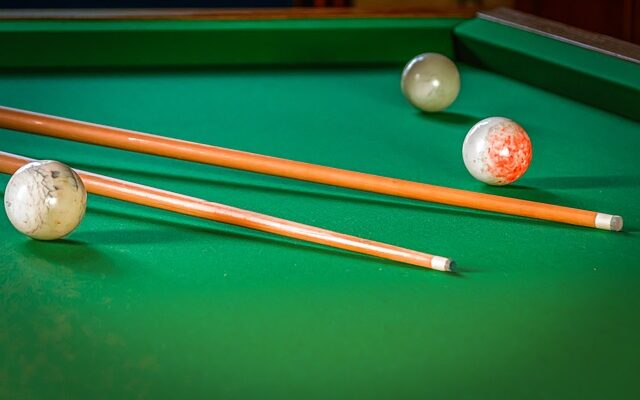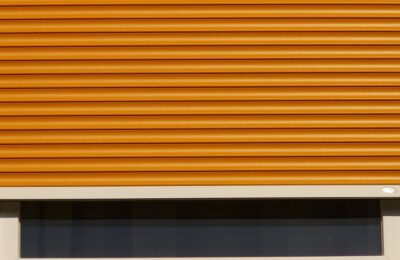Whether you’re a seasoned pool player or just starting to explore the game, understanding the different parts of a pool cue and their functions is essential for improving your skills and mastering the game. A pool cue is not merely a stick used to strike the cue ball; it is a precision tool with various components designed to enhance control, accuracy, and performance on the table. Let’s delve into the anatomy of a pool cue and unravel the significance of each part.

1. Tip:
The tip of a pool cue is arguably its most critical component. Usually made of leather, it is responsible for striking the cue ball with precision. The tip’s diameter and hardness significantly impact the cue ball’s spin, deflection, and grip on the cloth. Players often shape and scuff the tip to achieve desired effects such as topspin, backspin, or side spin.
2. Ferrule:
Located just below the tip, the ferrule is a small, usually white, cylindrical component. It serves as a buffer between the tip and the shaft, absorbing shock and preventing the wood from splitting upon impact. Additionally, the ferrule reduces cue ball deflection, allowing for more accurate shots.
3. Shaft:
The shaft is the elongated, cylindrical part of the cue, typically crafted from maple wood. Its smooth surface facilitates a fluid stroke, minimizing friction between the cue and the player’s bridge hand. High-quality shafts undergo meticulous tapering, resulting in consistent flex and responsiveness during shots. Advanced players often prefer low-deflection shafts, which reduce cue ball deflection and enhance precision.
4. Joint:
The joint is the point where the shaft connects to the butt of the cue. It allows for easy assembly and disassembly, enabling players to customize their cues with different shafts or extensions. There are various types of joints, including the classic wood-to-wood joint and more modern quick-release joints, each offering distinct advantages in terms of feel and stability.
5. Butt:
The butt of the cue is the thicker, heavier part held by the player’s dominant hand. It provides balance and stability during the stroke and can be customized with intricate designs, inlays, or wraps for aesthetic appeal and improved grip. Some cues feature weight bolts within the butt, allowing players to adjust the cue’s overall weight and feel to suit their preferences.
6. Wrap:
Wraps, often made of leather, linen, or rubber, encircle the butt of the cue, providing a comfortable and non-slip grip for the player’s hand. The wrap’s texture and material influence the player’s control and feel of the cue, with options ranging from smooth and sleek to tacky and textured.
7. Butt Cap:
Located at the base of the cue’s butt, the butt cap serves both functional and decorative purposes. It protects the cue from damage when resting on the ground and adds weight to the butt for improved balance. Additionally, butt caps can feature intricate engravings or logos, adding a personalized touch to the cue.
Understanding the anatomy of a pool cue and the functions of its various components is essential for players looking to elevate their game. By mastering how each part interacts with the cue ball and the table, players can fine-tune their technique, improve their consistency, and ultimately achieve greater success on the felt. Whether you’re aiming for precision shots or mastering intricate spin techniques, a thorough understanding of your cue’s anatomy will undoubtedly enhance your prowess on the pool table.
















